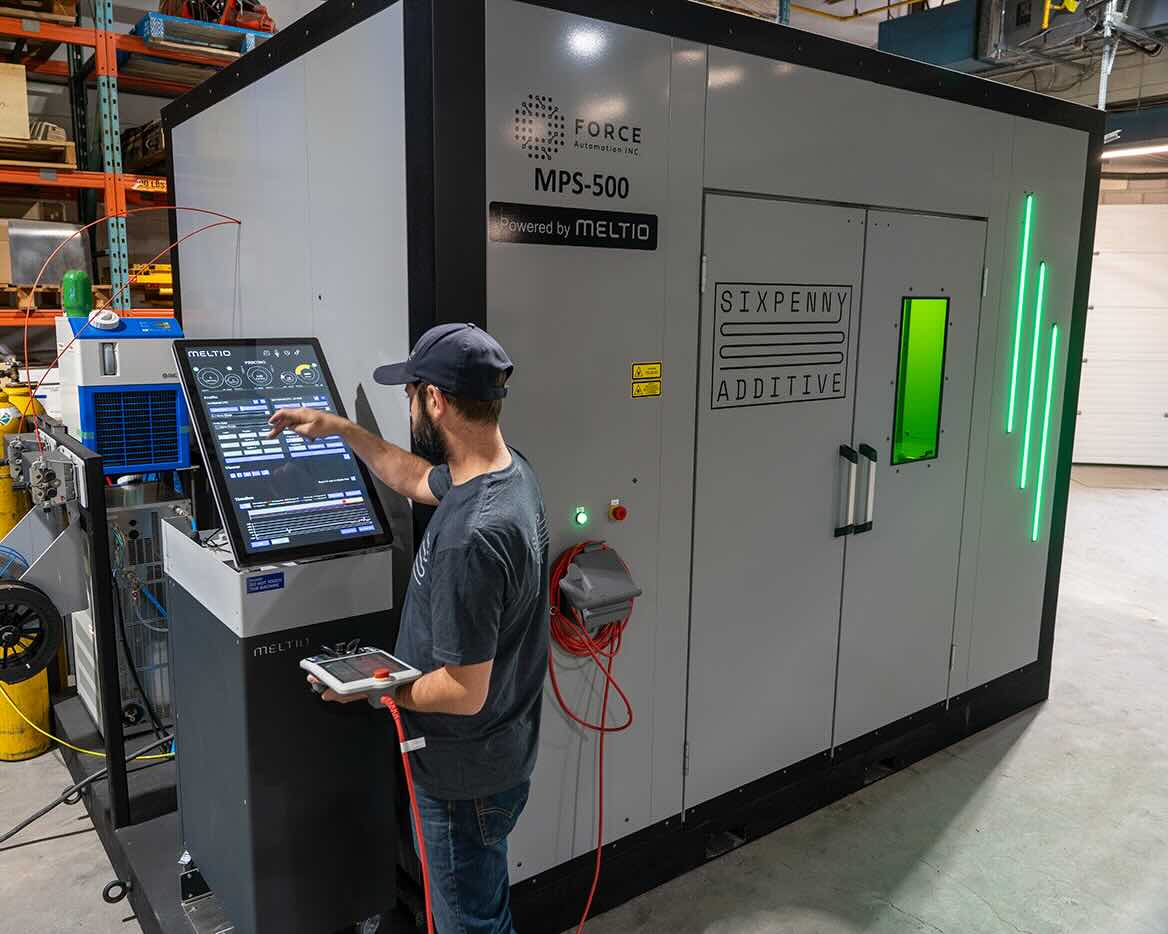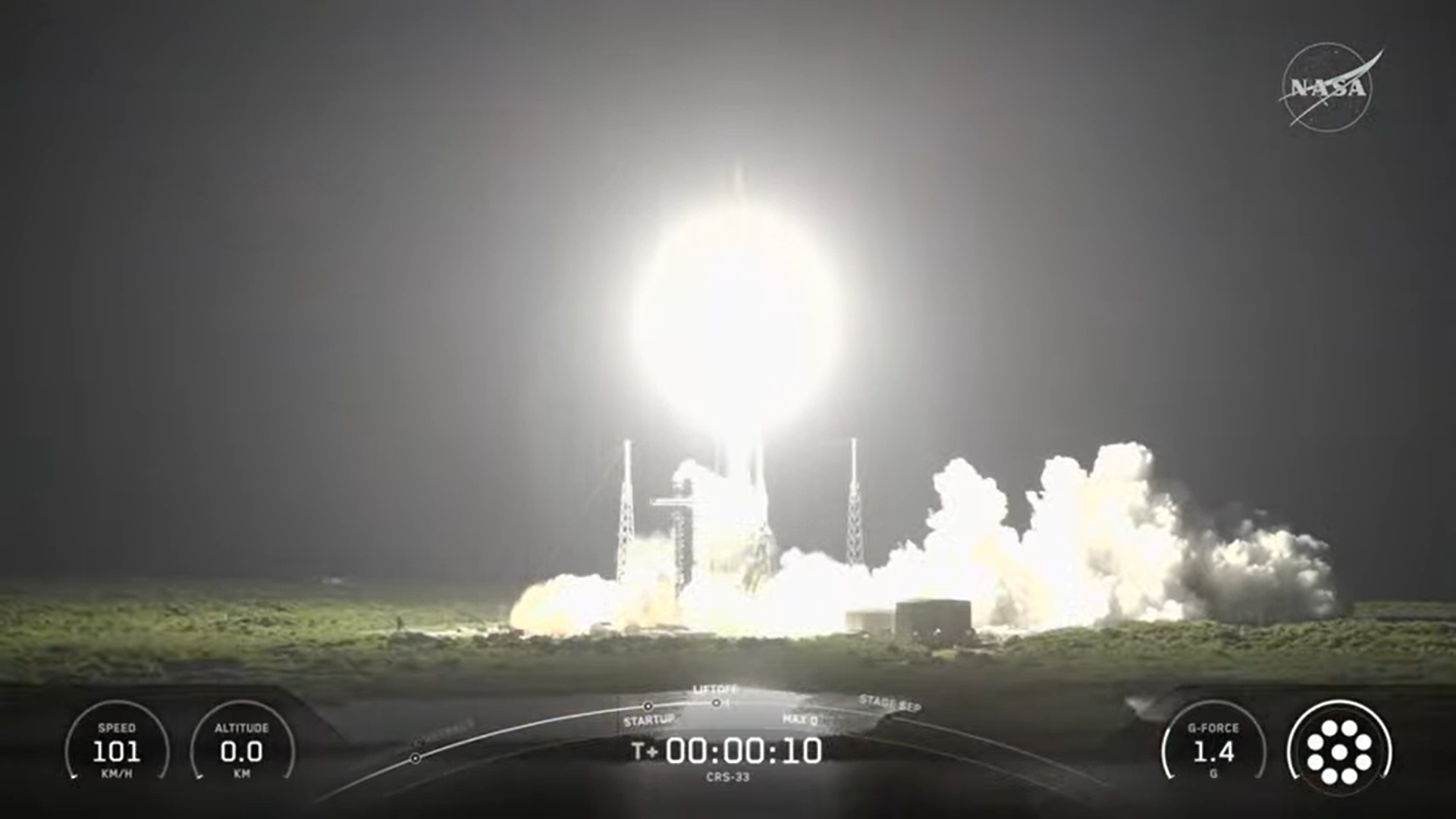A 3D printer onboard USS San Diego (LPD 22) is creating new possibilities for naval maintenance and combat readiness. The amphibious transport dock ship has become the first San Antonio-class LPD warship to operationally test the Xerox ElemX liquid metal jetting additive manufacturing system, marking a significant step forward in the Navy’s efforts to enhance self-sufficiency at sea.
The printer, installed by the ship’s combat cargo Marines in a 20-foot self-contained unit within the main vehicle stowage area, allows Sailors to manufacture critical parts directly on the vessel. This capability addresses the substantial time delays often experienced when waiting for replacement components through traditional supply chains.
Enhancing Combat Readiness with 3D Printer Onboard USS San Diego
The primary purpose of installing the 3D printer onboard USS San Diego is to establish additive manufacturing capabilities across L-Class ships. This technology reinforces the naval force’s ability to implement self-help measures during engineering casualties and meet landing force maintenance requirements, both crucial for projecting combat power during crisis response and contingency operations.
“It can take a long time to receive certain parts in the Navy. With something like this, we can turn six months of waiting for a part into a couple of hours,” explained Aviation Boatswain’s Mate (Fuel) 1st Class Christopher Robertson
The ship’s air department Sailors were among the first to receive additive manufacturing training. Since beginning their training, they have successfully created various components including low pressure air fittings, toggle pins, sound powered phone caps, and flush deck nozzle covers.
Aviation Boatswain’s Mate (Handling) 2nd Class Scott Kibler notes that while learning to operate the printer itself was relatively straightforward, the process requires precision and practical skills. “It is significantly different from anything else I’ve done in the Navy mainly because you aren’t ordering a part from a manufacturer,” Kibler said. “You have to use real world skills to reverse engineer the part or make a 2D drawing, then a 3D model, and print it. You have to be so precise to ensure it fits into the system correctly.”
Strategic Impact on Maritime Operations

The introduction of the 3D printer onboard USS San Diego represents part of a broader initiative to enhance naval capabilities in forward deployed or highly contested maritime environments. These technological advancements allow ships to manufacture critical components directly at sea without relying on extended supply chains.
U.S. Marine and Combat Cargo Officer, Chief Warrant Officer Nicholas Garcia, who oversees the project, envisions the technology becoming more compact over time. “The 3D printer is envisioned to reduce in size in order to make it a permanent work space aboard L-Class ships,” says Garcia. While USS San Diego currently serves as the test bed for this technology, the plan is to eventually implement additive manufacturing across all L-class ships in the fleet.
The Naval Postgraduate School has established itself as a driving force in additive manufacturing research and education for the U.S. Navy, U.S. Marine Corps and Department of Defense. In April 2024, the institution took another major step forward by establishing a new laboratory dedicated to pursuing breakthroughs in 3D printing and related technologies for defence applications.
Other significant examples of the Navy’s commitment to advancing additive manufacturing include in-flight testing of a portable 3D printer aboard a Marine Corps MV-22 Osprey. These initiatives, alongside the operational testing on USS San Diego, demonstrate the strategic importance the Navy places on developing these capabilities for future maritime operations.
About Manufactur3D Magazine: Manufactur3D is an online magazine on 3D Printing. Visit our Global News page for more updates on Global 3D Printing News. To stay up-to-date about the latest happenings in the 3D printing world, like us on Facebook or follow us on LinkedIn and Twitter. Follow us on Google News.












